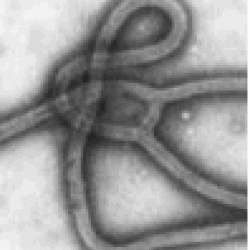Source Institutions
Source Institutions
Add to list Go to activity
Activity link broken? See if it's at the internet archive

In this activity, learners use sets of cards to assign microorganisms to different groups. They will learn that microbes can be members of several different major groups: bacteria, fungi, protists or viruses. In addition, learners will investigate the roles of microorganisms in the natural world and how they are used by humans for food protection and other processes. This lesson guide includes background information, extensions, cards and answer key.
- 10 to 30 minutes
- 45 to 60 minutes
- 1 cent - $1 per group of students
- Ages 8 - 14
- Activity, Lesson/Lesson Plan
- English
Quick Guide
Materials List (per group of students)
- 12 sheets of cardstock (to prepare cards)
- 6 resealable plastic bags
- Set of 4 Microbe Groups cards and 20 Microbe Examples cards
- Group concept map (ongoing, if available)
Subjects
-
Life Sciences
-
Diversity of Life
- Plants
- Animals
- Viruses and Bacteria
- Protists and Fungi
- Classification
- Ecology
-
Human Body
- Health and Nutrition
- Immune System
-
Diversity of Life
-
The Nature of Science
-
The Scientific Process
- Formulating Explanations
-
The Scientific Process
Informal Categories
- Animals
- Nature and Environment
Audience
To use this activity, learners need to:
- see
- read
- touch
Learning styles supported:
- Involves teamwork and communication skills
- Involves hands-on or lab activities
Other
Components that are part of this resource:
Includes alignment to state and/or national standards:
Includes assesments for student learning:
- What Do You Know About Microbes? (pre-assessment)
- And Now, What Do You Know About Microbes? (post-assessment)
This resource is part of:
Access Rights:
- Free access
By:
- Moreno, Nancy P. ; Tharp, Barbara Z. ; Erdmann, Deanne B. ; Clayton, Sonia Rahmati ; Denk, James P.
Rights:
- All rights reserved, Baylor College of Medicine, 2008
Funding Source:
- Science Education Partnership Award, 5R25 RR018605
